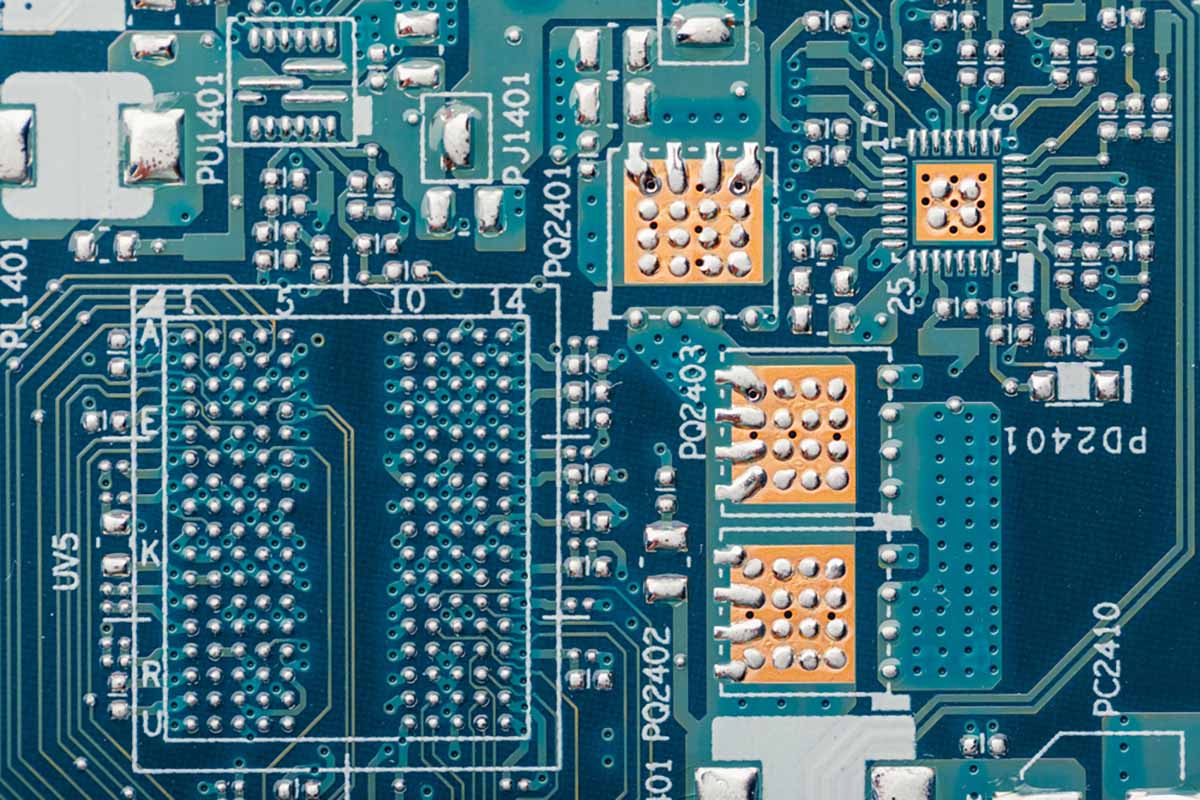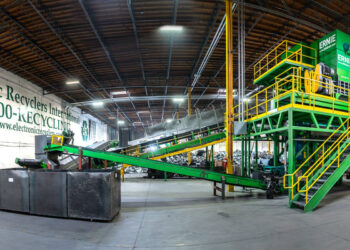ERI recycled 113.7 million pounds of scrap electronics and resold 4.3 million pounds of used devices in 2020, the company recently disclosed. It’s the first time the processor has released these figures.
The nationwide electronics recycling and ITAD company on Dec. 14 published its 2020 Environmental, Social and Governance (ESG) and Data Security report, which included a number of details about ERI and its operations. The document is the privately held company’s first ESG report.
“From working with many of the world’s largest brands, who turn to us to help them achieve their sustainability and cybersecurity/data destruction goals, we know that ESG, the circular economy and hardware data destruction are all massively growing areas that are receiving laser focus across all industries,” John Shegerian, ERI’s chairman and CEO, stated in a press release. “ESG is something ERI has been doing as part of our very DNA, not just in terms of our own goals and performance but for all the companies we work with and help to achieve their own ESG objectives.”
The following are some of the notable 2020 numbers from the report:
Facilities and employees: ERI now has eight U.S. processing facilities with 435 full-time equivalent (FTE) employees and 283 temporary employees.
Pounds recycled: ERI recycled 113.7 million pounds total in 2020. The company also provided a couple of data points on sources of material. The company reported that 69 million pounds were collected by retailers. And ERI’s mail-in recycling service, launched in partnership with UPS, brought in 33,000 pounds in 2020. ERI has a goal to recycle another 1 billion pounds total by 2030.
Commodities recovered: ERI recovered 41.5 million pounds of metal, 23.1 million pounds of plastic, 16.2 million pounds of glass, 11.4 million pounds of scrap with precious metals, 2.3 million pounds of other recyclables and 1.3 million pounds of batteries. The remaining 17.9 million pounds consists of non-electronic materials, residue such as wood, and materials that hadn’t been shipped out by the end of 2020, Paul Williams, ERI’s vice president of communications and media relations, told E-Scrap News. ERI sends all of its circuit boards and precious metals to the LS-Nikko Copper smelter in South Korea, its aluminum scrap to Alcoa, and its batteries and shredded solar panel scrap to Redwood Materials. Additionally, of the total plastic recycled by ERI, 464,000 pounds were specifically recycled back into electronic products at the request of ERI’s OEM customers, Williams said.
Pounds reused: ERI sold 4.3 million pounds of electronics for reuse in 2020. This comes out to roughly 3.6% of total incoming weight.
Greenhouse gas (GHG) benefits: ERI estimates its recycling and reuse prevented the release of 1.27 billion pounds of carbon dioxide equivalent (CO2e).
ERI’s GHG footprint: For the first time, ERI also calculated its own GHG impact. It estimates Scope 1 direct emissions (such as ERI’s capital goods, purchases of goods and services, energy use, etc.) total 2.47 million pounds of CO2e. Its Scope 2 and 3 indirect emissions (both upstream and downstream impacts) totaled 45.9 million pounds of CO2e.
Energy use: ERI’s eight facilities used 6,823 megawatt hours of electricity in 2020, or 15.68 megawatt hours per FTE.
Transportation: ERI’s fleet travels an average of 506 miles roundtrip on each pickup, according to the report, which noted ERI has West Coast and East Coast plants near major population centers. ERI’s fleet of 27 leased vehicles (not counting shipments by third-party companies) used 80,099 gallons of fuel last year.
Workforce diversity: ERI reported its workforce was 38.70% Hispanic, 30.63% white, 20.40% African American, 9.60% Asian/other, and 0.67% unspecified. Among supervisors only, the breakdown was 41% white, 32% Hispanic, 22% African American and 5% other. In terms of gender diversity, 66.67% of the workforce is male, 31.78% is female, and 1.55% unspecified. For those holding various vice president titles, it was 55.60% female and 44.40% male.
COVID-19 infections: Known infection rate of 2% of employees across all ERI facilities and offices.
Security snapshot: At its facilities, ERI has 77 security cameras in Aurora, Colo.; 32 in Badin, N.C.; 45 in Flower Mound, Texas; 148 in Fresno, Calif. (headquarters); 58 in Holliston, Mass.; 38 in Lincoln Park, N.J.; 13 in Sumner, Wash.; and 149 in Plainfield, Ind.


























